Kitchen Conduct and Safety Contract
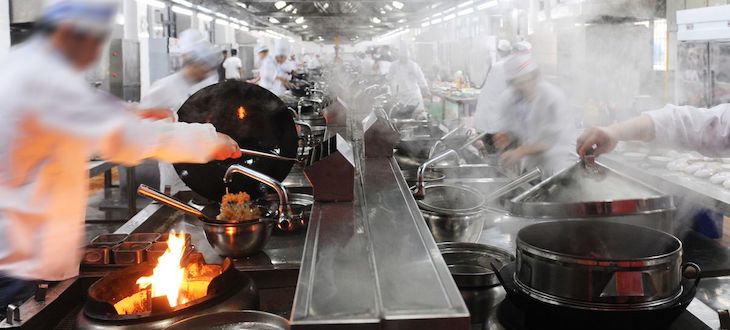
Magnet Academy of Culinary Arts at Wekiva High School

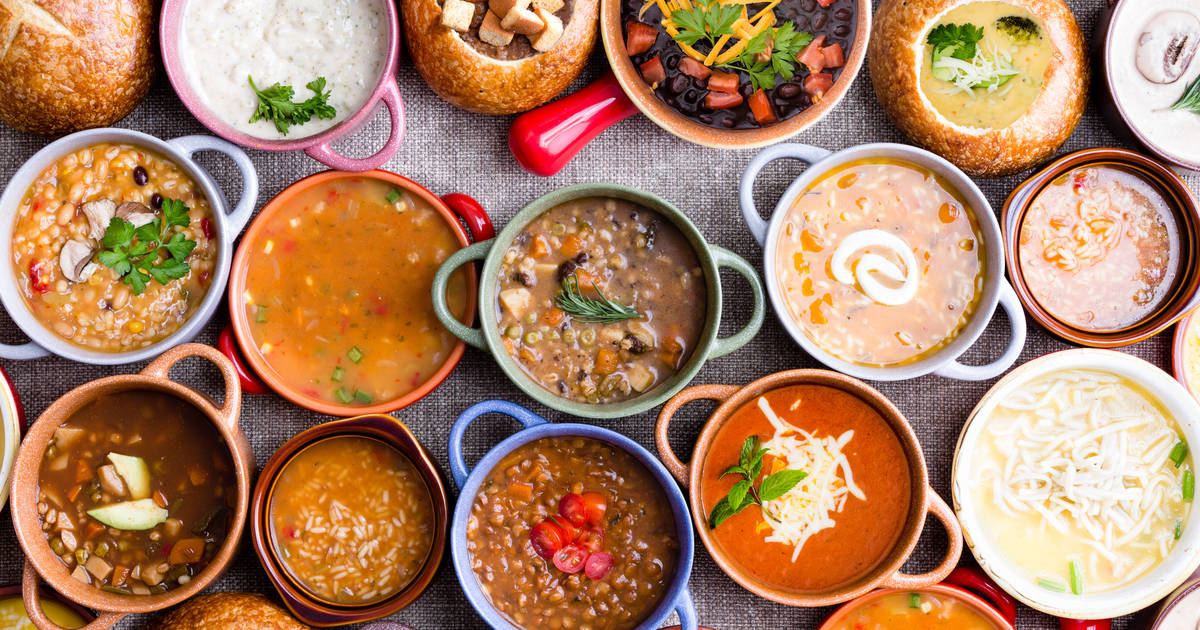
There are two basic kinds of soup: clear soups and thick soups. Clear soups include flavored stocks, broths, and consommes. Examples include chicken noodle soup, minestrone (a tomato-based vegetable soup), and onion soup. Thick soups…
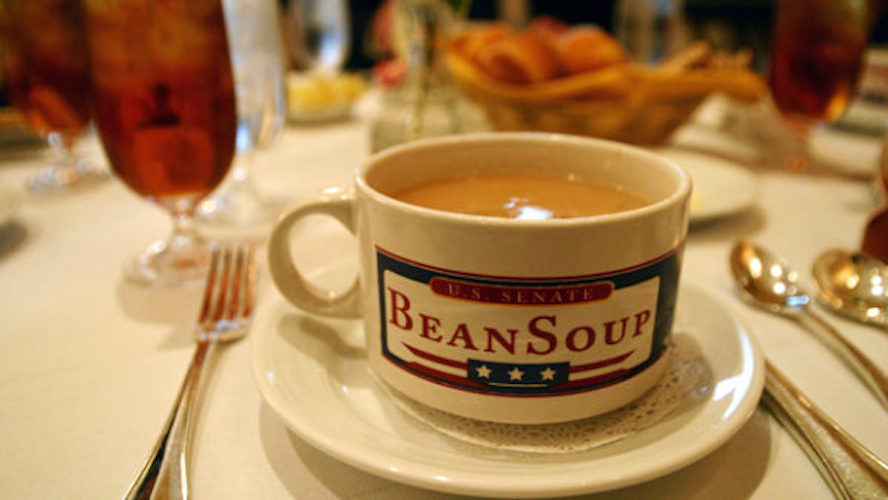
The recipe for the longest continually present menu item available to US Senators: Senate Bean Soup. A little history and how to make it….

There are a couple of recipes that rely on your skill with a knife and they are EXCELLENT ways to practice handling a chef’s knife. Give these a try!
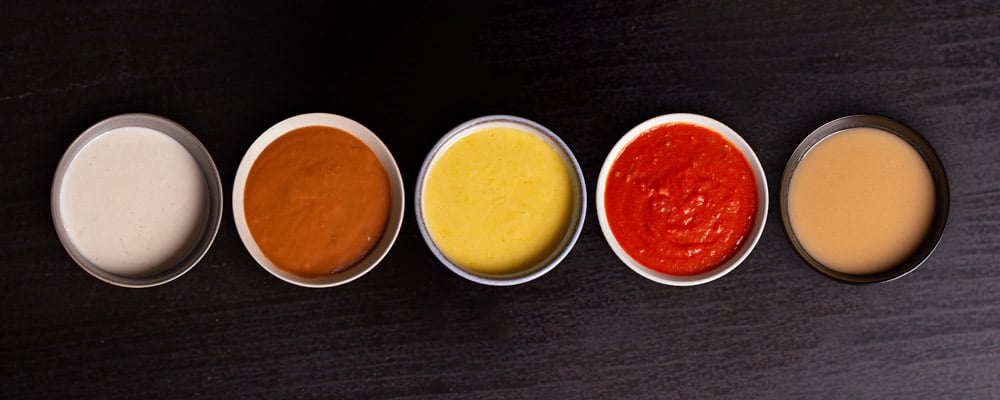
The word “sauce” comes from the French word that means “a relish to make food more appetizing.” All types of sauces are important in cooking. A good sauce adds flavor, moisture, richness, color, and visual appeal. Sauces should complement food, not disguise it. You can also use sauces as a contrasting flavor. For example, the sweetness of roosted pork goes well with a Dijon sauce (a brown sauce with Dijon mustard). Sauces come in many forms and are made in many ways – gravy, salsa, fruit coulis, pan sauces. All of these fall into the broad category of sauces.
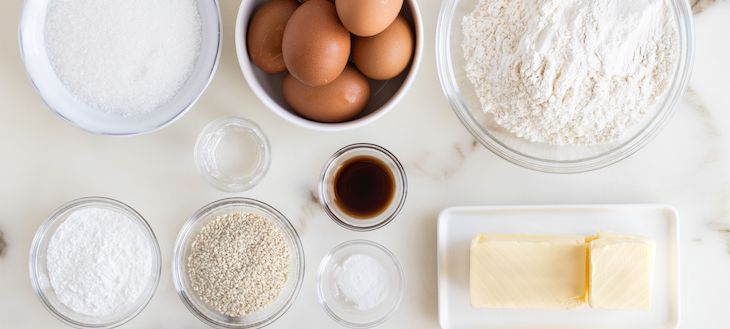
Nearly all bakery products use a common list of ingredients. Here is that list. Know it. Love it.

Quick breads generally refer to any baked good not leavened by yeast or eggs. Typical leaveners used in quick breads are chemical leaveners, such as baking powder or baking soda. The quick chemical reaction of these leaveners allows the bread to be baked immediately.
Quick breads are staples in the American diet. Some examples of quick breads include biscuits, muffins, scones, banana bread, soda bread, and even pancakes and waffles. In the morning, you are likely to see a bigger selection of quick breads in the form of scones and muffins. Later in the day and into the evening, you are likely to see a wider variety of breads or cakes instead.
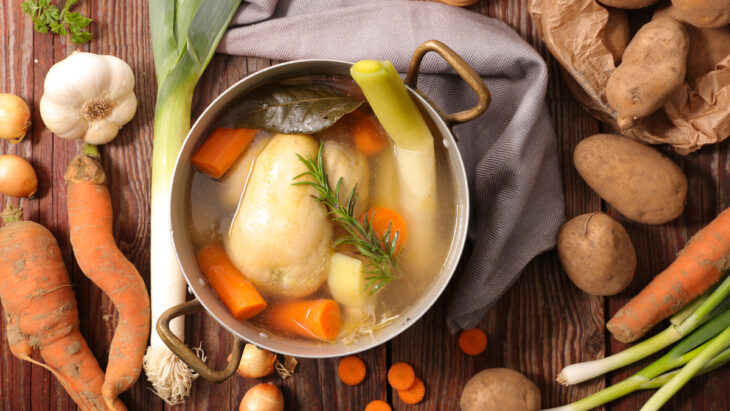
Everything you need to master to make the basic kinds of stock.

How farmers produce the cacao beans they send to manufacturers – the entire life cycle of a cacao bean from seedling tree to drying racks in the tropics; Special focus on the fermentation stage of cacao bean production and the formation of flavor precursors.

Why is chocolate hard to describe? Hell, why is ANY food hard to describe to someone who has never tried it? The answer is more complicated than you think. This post will unwind some of the mystery surrounding how we taste foods and how that taste intersects with aroma and texture to create FLAVOR.